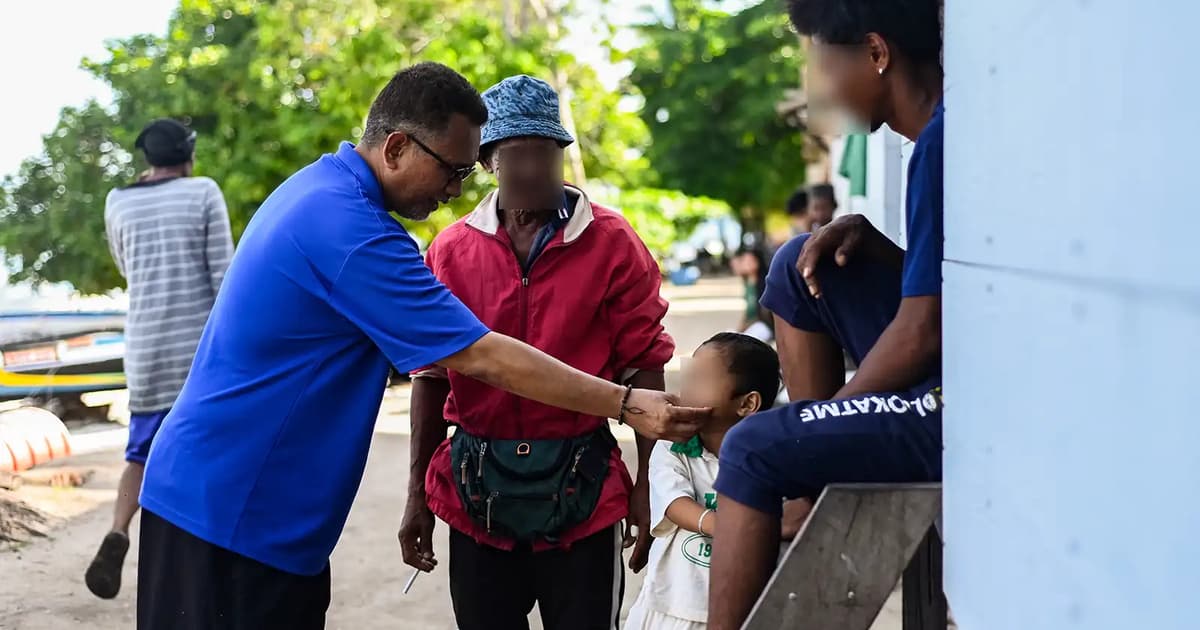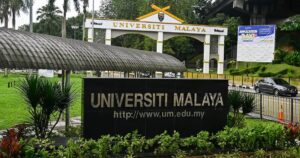
The call to prayer drifts across Pulau Sebangkat, echoing from a wooden seaside mosque as children clutching books make their way to class.
It is a scene familiar in villages across Malaysia. Yet on the island, where many residents remain stateless, something as simple as children going to school has only been made possible in recent years.
Just five years ago, most Bajau Laut children here had never held a pencil, let alone read a book. Today, the sound of young voices reciting their ABCs and counting their 123s marks a quiet but significant change for a community long left adrift on the sidelines.
Pulau Sebangkat is home to some 190 people, including 50 children. The Bajau Laut’s traditional seafaring way of life, one that predates modern borders, has left generations without legal nationality, access to healthcare, or formal schooling.

It is this reality that pushed Salleh Abdul Salleh, a descendant of the island’s original inhabitants, to take action. For him, helping the community is not a choice, but a responsibility.
Building from the ground up
Salleh holds the land title to Pulau Sebangkat through a colonial-era grant passed down from his forefathers, making him both custodian of the land and leader of its community.
“This island has always been home to our people. Its residents are the original descendants of Semporna, from even before the British colonisation,” he told FMT.

“Many here have no documents – not because they came from somewhere else, but because no one has ever helped them with the paperwork. There is no proof of their births, even though they were born right here.”
Salleh’s efforts began with putting roofs over heads. Out of his own pocket, he built 15 houses, a small shop, and the island’s surau. Once the homes were in place, he turned to education.
With support from NGOs like the Semporna Fishermen’s Association, community groups, and private donors, an informal school was set up.
“We built a school here, where we teach them to read and write, provide religious classes, and even show them how to take care of the environment,” Salleh said, adding that the school has six teachers.

Cultural traditions are also kept alive. The children perform the igal-igal dance in their bright Suluk Bajau attire, a joyful expression of identity and belonging.
“These children are part of us. We don’t want them left behind,” Salleh said.
Looking ahead
Salleh insists the Bajau Laut are not outsiders but an inseparable part of Sabah’s identity and economy.
“This district of Semporna is synonymous with the Bajau Laut. They are the ones who supply fish to our people – without them, we would not have fish to eat,” he said.
He hopes Pulau Sebangkat can one day be developed into a sustainable tourism destination, where visitors can experience Bajau Laut culture and the island’s youth serve as its guardians.
As the nation celebrates Malaysia Day, Pulau Sebangkat is a reminder that there are still Malaysians-in-waiting struggling for recognition in the only home they have ever known.
“These children deserve a place in our future. This island is their home, and they belong here,” Salleh added.






